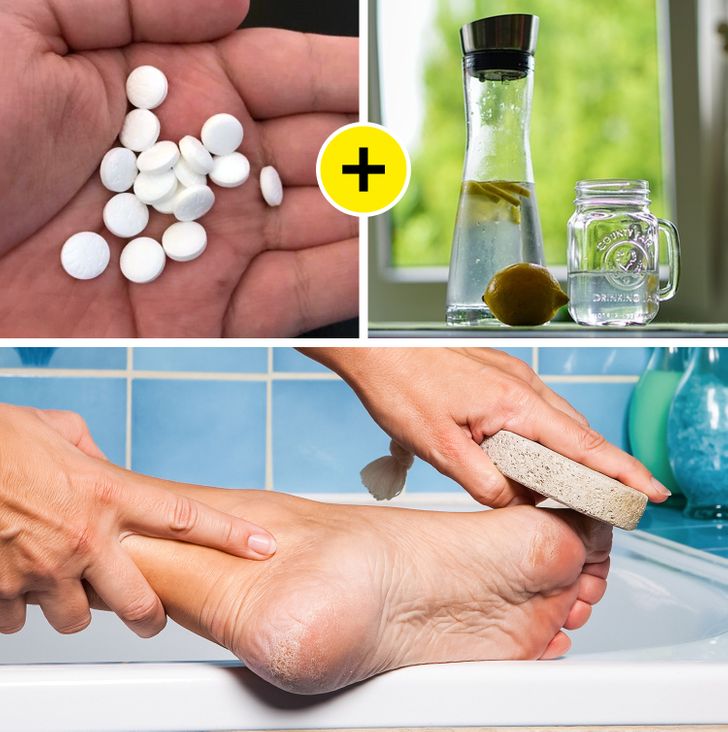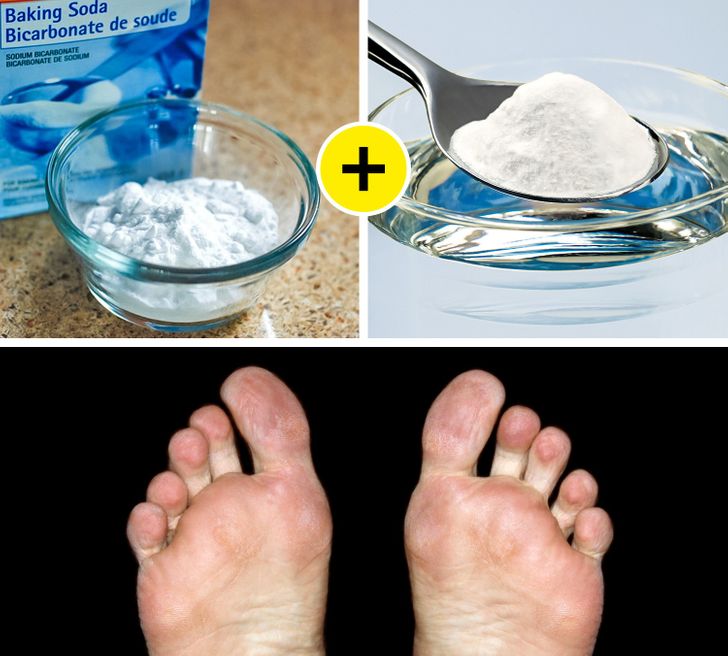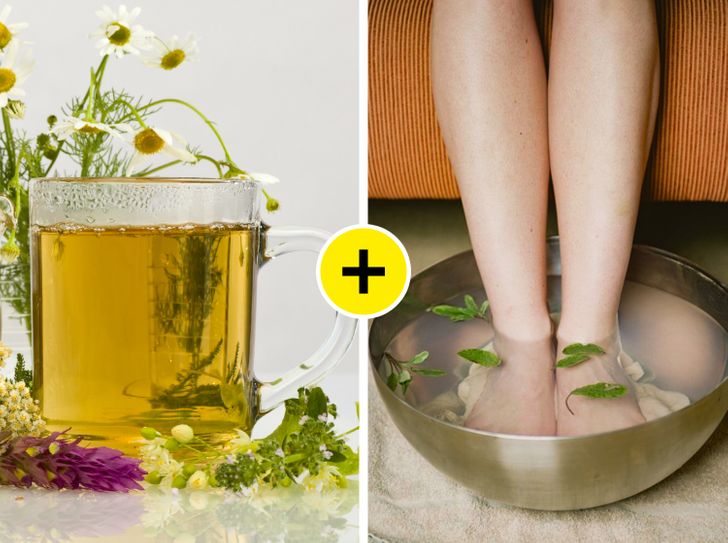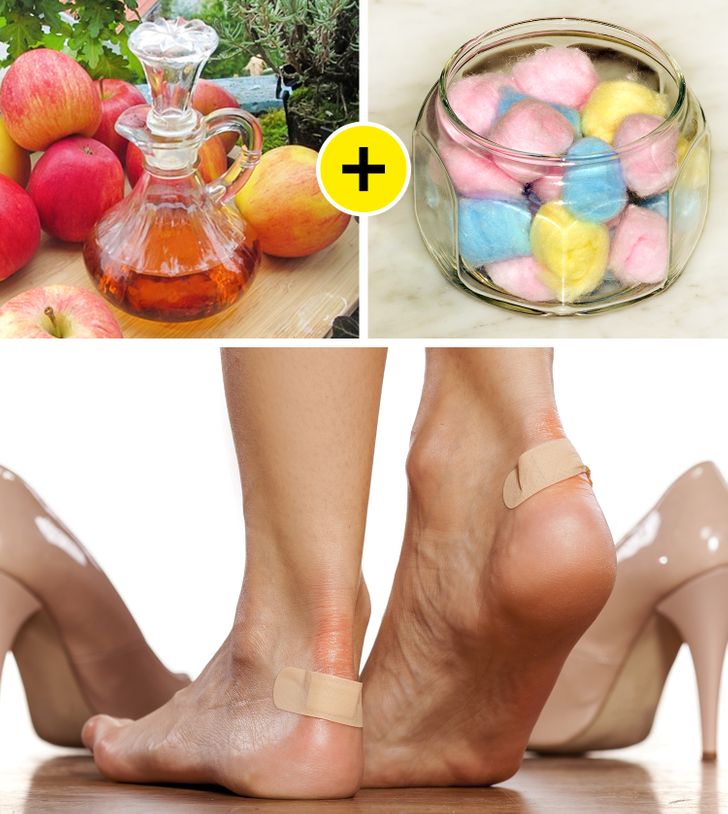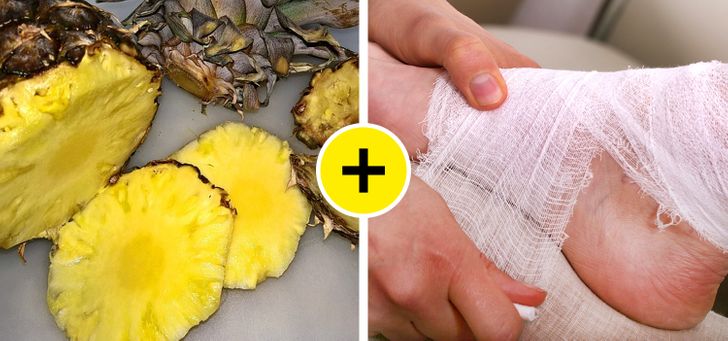Great for hot summer season! My feet are always dry during this time, sometimes I get deep painful cracks there too. Will keep your advice in mind :)
10 Quick Ways to Remove Calluses and Get Baby-Soft Feet
Calluses are patches of thick skin caused by friction and they can be a literal pain. They often occur on hands and feet and, while normally harmless, can become infected if not treated. While doctors can treat calluses with specialty shavers, acids, or a pumice stone, there are also home remedies people have used to treat calluses using simple items found around the house.
1. Crush some aspirin.
Simple drug store aspirin can help clear up your calluses. Crush around 5 or 6 tablets of aspirin and mix the powder with lemon juice and water. Make a paste that can be placed on the callus. Wrap the area with a warm towel and cover with a plastic bag. After around 10 minutes, scrape the callus with a pumice stone. If you are a diabetic or have an allergy to aspirin do not use this method.
2. Use a baking soda paste.
Adding baking soda to a foot bath can help heal calluses, but there is a less messy way. Mix baking soda with water to make a paste and apply it to your calluses regularly until they heal.
3. Soak in some tea.
Nice, warm tea is always comforting, but it can also be good for the skin. When soaking your calluses, mix chamomile tea or tea tree oil into the water. This will help dry out your skin. If the tea stains your skin, this can easily be fixed with soap and water.
4. Rub with cornstarch.
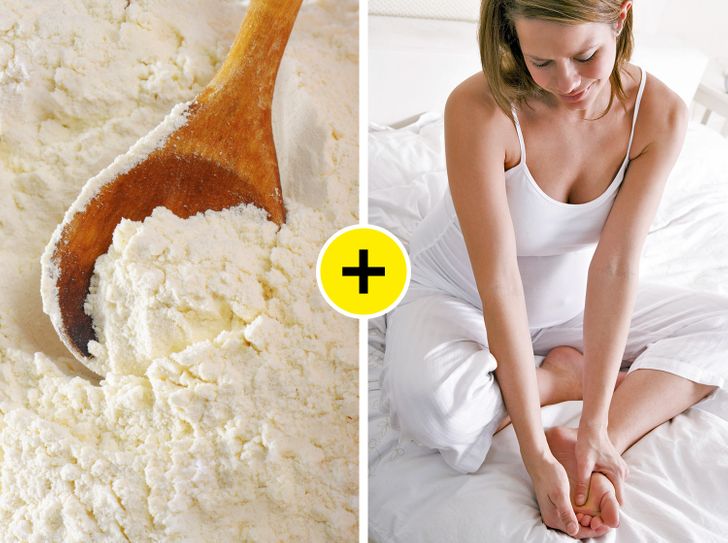
Calluses can be easily prevented. Rub your feet with cornstarch to help keep them dry, which prevents calluses from getting irritated and other possible infections. This method can also soothe painful calluses and corns.
5. Make a vinegar wrap.
Soak a cotton ball in vinegar and tape it to your callus. Leave it on the area overnight and then rub it with a pumice stone. Make sure the vinegar touches the callus and not the surrounding skin.
6. Rub down with pineapple slices.
Pineapple peels have enzymes that can help soften and remove calluses. Place a small piece of fresh pineapple peel over the callus and wrap it with a piece of cloth to keep it in place. This should be done once a night for a week. Applying pineapple juice to the area can also help before and after wrapping.
7. Tape stale bread to the area.
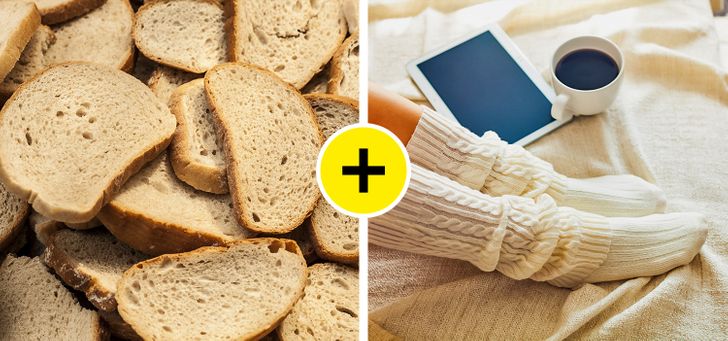
Stale bread might not be good for eating, but it can help soften your skin. Soak half a slice in apple cider vinegar and tape it to your callus before going to bed. Wrap with plastic wrap and put on a cotton sock. The callus should be treated within a few hours.
8. Use aloe overnight.
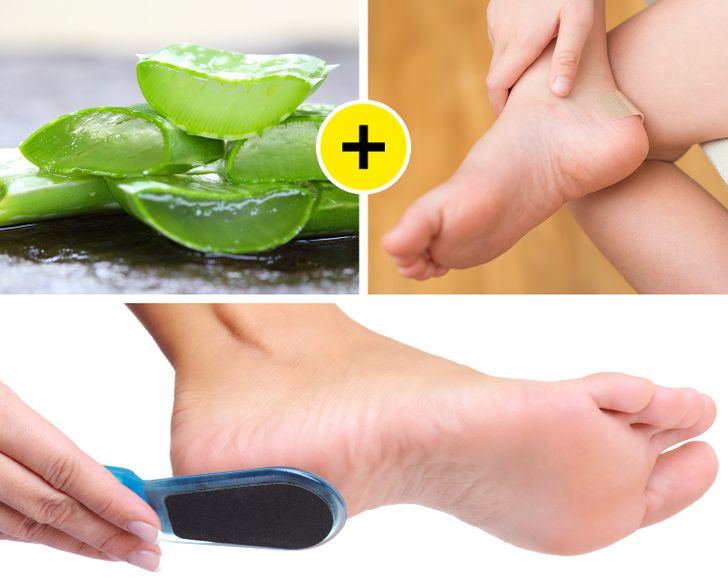
You can use either an aloe leaf or pure aloe gel for this trick. Apply the fleshy part of the plant or the gel to the callus and cover with a bandage. The callus should now be soft enough to file down.
9. Draw the oil from vitamins A and E.
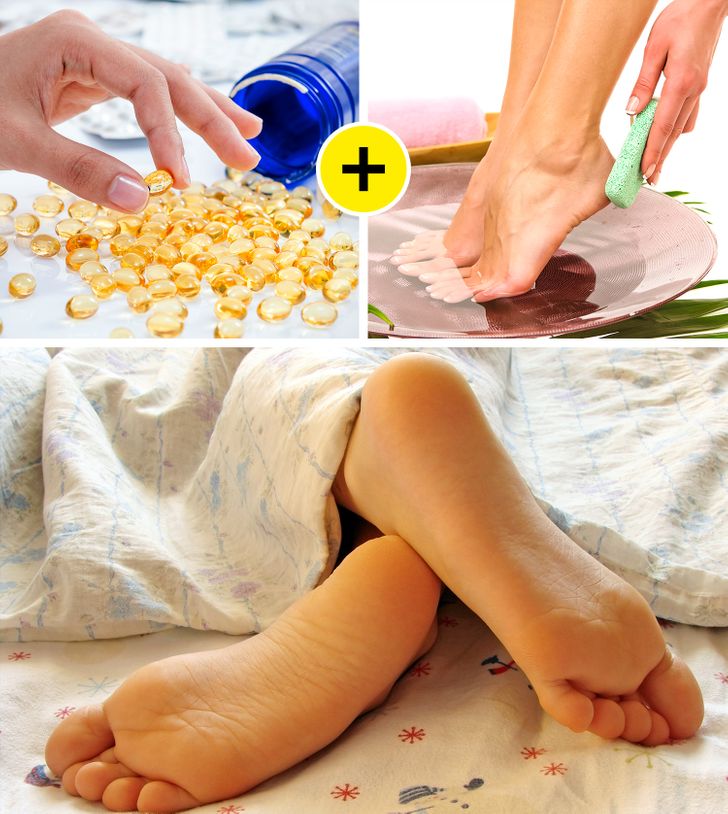
Vitamins can help treat your skin, even when used topically. Take a needle and prick either a vitamin A or E capsule. Collect the oil and apply it to your callus. Do this before going to sleep and continue until the callus is healed.
10. Wear socks (or gloves) with special creams or petroleum jelly.
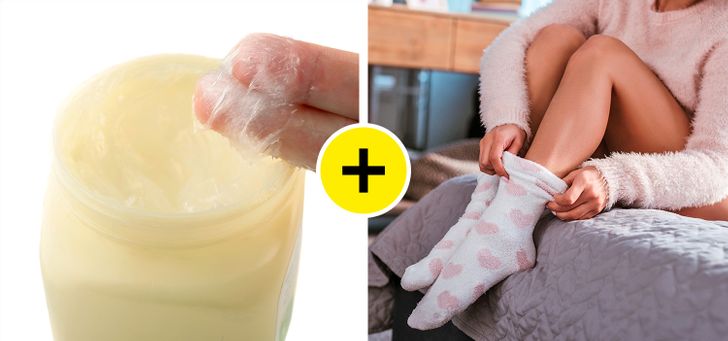
Exfoliating creams or lotions can help treat calluses, especially if they contain salicylic acid, urea, or ammonium lactate. In addition, skin-softening creams or petroleum jelly can also help soften the callus. Wearing socks or gloves after applying the creams can help seal in moisture for the callus on your feet or hands.
Calluses can appear for several reasons.
Calluses are one of our body’s protection mechanisms; they form when there’s friction between the skin and other surfaces. They’re commonly found on hands, feet, and between fingers. When they appear, you don’t necessarily need to visit a doctor to remove them; you can just get rid of what’s causing them on your own.
- Playing an instrument or using tools. Calluses may appear on our hands for the same reasons as on our feet, so it’s no wonder that if we spend a lot of time applying pressure to our fingers with instruments and hand tools, a callus might appear. To stop this from happening, you can use special padded gloves or fabric cloths to grab the handles of your tools.
- Wearing shoes that don’t fit. Sometimes, we feel like Cinderella when we find shoes that fit us perfectly, but other times, they don’t fit as they should and we develop calluses. If the shoe is too big, your foot can slide and rub against the fabric; but if it’s too small, it can get squished and rub against an inner stitch. You can prevent calluses by giving your toes room — try wiggling them; if you can’t, then the shoes are too tight for you. Also, if you use orthotics and inserts, take them with you when you go shoe shopping. Remember that Cinderella’s slippers fit her perfectly.
- Wearing high-heels for long periods of time. High-heels are great because they make you look taller, but they can also cause calluses. This type of shoe puts too much pressure on your toes and can cause women to have more feet problems than men.
- Not wearing socks. The friction between the shoe and the sock keeps your feet from moving around too much. If you choose not to wear socks, the friction will happen between your foot and the shoe.
Bonus: Is going to the doctor to remove my calluses necessary?
Usually, once we’ve identified the cause of a callus, we can keep it from getting bigger on our own. If we fix the problem, the callus can disappear with our help, but treating it at home can be risky for people with certain health conditions, such as diabetes.
Visiting the doctor is a good idea if you have any of the following conditions: diabetes, delicate skin, conditions with an increased risk of infection, if the callus hurts, if you have abnormal bone structure, or if home treatments aren’t working.
Do you know any hacks, especially home remedies, that can help treat calluses or corns? Let us know!
Comments
The best one is apple vinegar soak! Has always been helping me :)
What is your recipe?
Apple cider vinegar kills the microbes, softens the skin, and removes bad foot odor.
Fill a basin with warm water and add one part apple cider vinegar. After removing your feet from the basin, very gently scrub your heels or rub with a pumice stone.
Will share it with my mom, she always has dry feet, and no softening creams help
????
Good
Related Reads
21 Tweets That Can Wake Up Your Curiosity

23 People Whose Screw-Ups Will Stay in Family Albums Forever

17 Comics on How Girls’ Lives Have Changed Since the ’00s
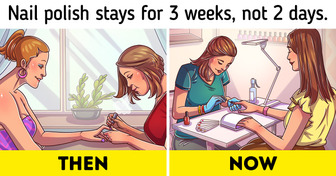
18 Pics of Celebrities’ Kids Who Are Their Actual Mini-Mes

21 Photos Proving the Connection Between Siblings Is for Life

16 Joyful Comics That Prove Children Can Turn Your Life Upside Down

20+ People Whose Ideas Are Way Beyond Insane
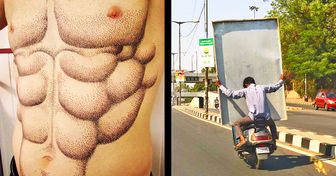
13 People Who Had Been Living in a Web of Lies and Deceit

18 Individuals Who Effortlessly Put Insolent People in Their Place

18 Rich People Who Lost It All and Had to Find a Way to Make Ends Meet

15+ People Who Dared to Leave Their Corporate Job Behind and Start a New Life

I Ran Away From Our Family Vacation After My Son Gave Me an Insulting Ultimatum

